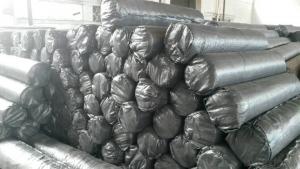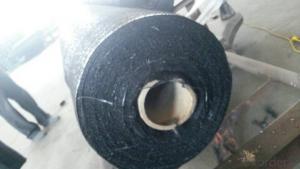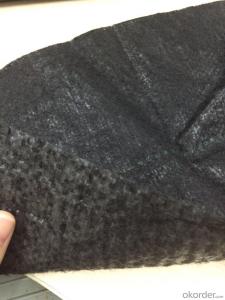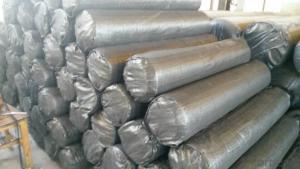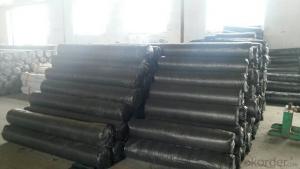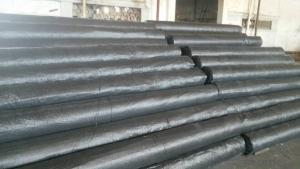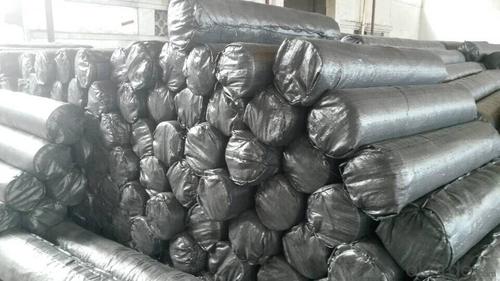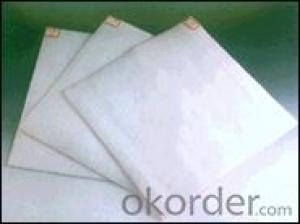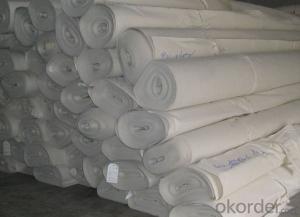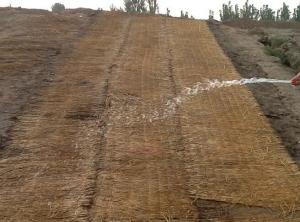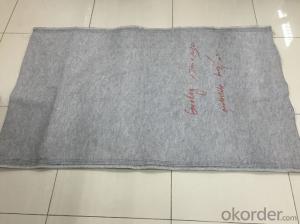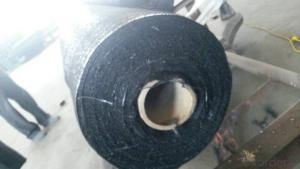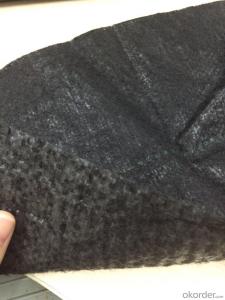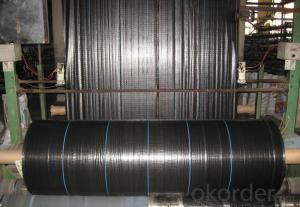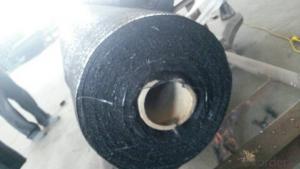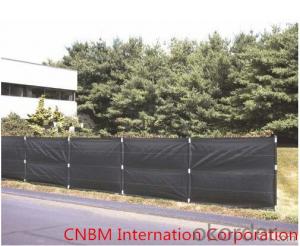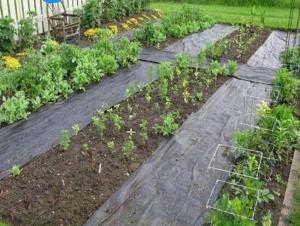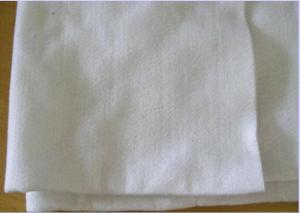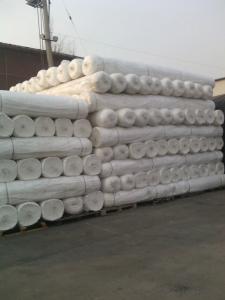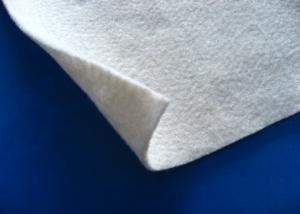Bolsas Geotextiles Woven Geotextile/Silt Fence 100% PP Virgin Material
- Loading Port:
- China main port
- Payment Terms:
- TT OR LC
- Min Order Qty:
- 5000 roll
- Supply Capability:
- 10000 roll/month
OKorder Service Pledge
OKorder Financial Service
You Might Also Like
PP Woven Geotextile Description:
1.PP Woven Geotextile Description:
Made from PP(Polypropylene) or PE (Polyethylene) flit yarn on circle weave machine.
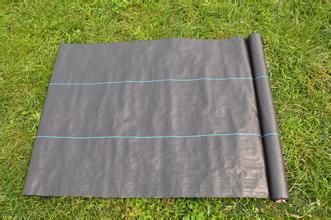
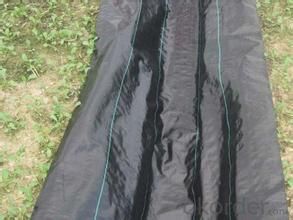
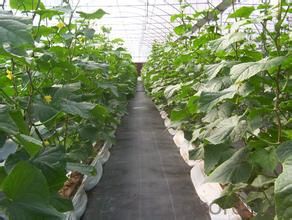
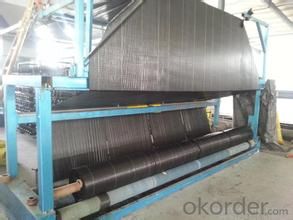
2.PP Woven Geotextile Functions and Features:
1)Excellent weed control
2)Excellent UV resistance
3)Moisture,fertilizers,air reach plants to allow for healthy soil
4)Good water and air permeability
5)Exceptional toughness and strength
6)Durable,tear-resistant,anti-rot and anti-mildew
7)Light weight,easy to install,follows natural ground contours
8)Ideal for use in landscaped beds,under decks and walkways
9)Fashionable design,high quality,competitive price
10)Long service life
3. PP Woven Geotextile Property:
1) Light weight, high strength, low elongation, easy to construct.
2) Reinforcement, separation, drainage and filtration, fencing function, etc.
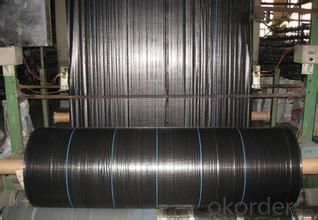
4. FAQ:
Q1: What is your minimum order quantity?
A:The minimum order quantity is 5000 ,but it is negotiable.
Q2:What is your payment terms?
A: T/T,Western Union,Paypal,L/C...
Q3:What is your delivery time?
A:Production time usually costs 2-20 days.
Waiting to cooperate with you!
- Q: A creek next to our property is eating away the embankment and an engineer suggested using the sand in the creek bed.. wrapping it up in geotextile fabric in the form of a burrito but he did mnot mention how to fasten them shut..any ideas or experience with erosion control out there?
- Get some tie wire or baling wire. It's a soft wire used for tying reinforcing steel together or for baling straw. You could also use plastic cable ties.
- Q: Can geotextiles be used in stormwater detention systems?
- Yes, geotextiles can be used in stormwater detention systems. Geotextiles are commonly used to separate different soil layers and provide filtration and drainage in stormwater management systems. They can help prevent soil erosion, improve water quality, and enhance the overall performance of stormwater detention systems.
- Q: What are the different geotextile testing methods?
- There are several different geotextile testing methods, including but not limited to, grab tensile strength test, puncture test, tear strength test, bursting strength test, and water permeability test. These tests help determine the physical properties and performance characteristics of geotextiles for various applications in civil engineering and construction projects.
- Q: How do geotextiles improve the performance of coastal structures?
- Geotextiles improve the performance of coastal structures by providing erosion control, stabilizing the soil, and enhancing drainage. These permeable fabrics act as a barrier against wave action, preventing sediment loss and reducing the impact of wave energy on structures. They also help to reinforce the soil, increasing its stability and preventing erosion. Additionally, geotextiles facilitate water drainage, preventing the buildup of hydrostatic pressure behind coastal structures. Overall, geotextiles play a crucial role in enhancing the longevity and durability of coastal structures while minimizing environmental impacts.
- Q: How are geotextiles made?
- Geotextiles are made by weaving or knitting synthetic fibers together to form a fabric that is durable, permeable, and resistant to various environmental conditions. These fibers are typically made of materials such as polyester or polypropylene, which undergo a manufacturing process that includes extrusion, spinning, and heat treatment. The resulting fabric is then often coated or laminated to enhance its performance and functionality in various applications, such as soil stabilization, erosion control, and drainage systems.
- Q: Are geotextiles resistant to chemical leaching?
- Yes, geotextiles are generally resistant to chemical leaching. They are designed to withstand exposure to various chemicals and prevent their migration through the fabric, making them an effective barrier against chemical leaching.
- Q: How do geotextiles affect soil temperature?
- Geotextiles can have varying effects on soil temperature depending on their characteristics and application. They can act as a barrier, reducing heat transfer between the soil and the surrounding environment, leading to lower soil temperatures. However, they can also act as an insulator, trapping heat and raising soil temperatures. The specific impact on soil temperature will depend on factors such as the material composition, thickness, color, and placement of the geotextile.
- Q: Neighborhoods: anti-seepage composite geotextile testing need to follow which test specifications, and routine testing items.
- (G / sq.m), film thickness (mm), mass per unit area deviation (%), breaking strength (KN / m), the product quality (GB / T-1998) (KN), the equivalent pore diameter O55 (mm), the vertical permeability coefficient (cm / s), the hydrostatic pressure (Mpa), the tearing strength (KN), the CBR breaking strength (KN) The And the front two said the basic almost, but hope that a detailed description can make you more clearly point.
- Q: How about the geotextile pond
- You said to cover the fish pond, I understand is to build the bottom of the fish pond, but the use is not geotextile, but the composite geomembrane, the film is generally two layers of geotextile in the middle of a layer of geomembrane, , And geomembrane on both sides of the geotextile can prevent the bottom of the sharp objects pierced the geomembrane.
- Q: How do geotextiles enhance drainage systems?
- Geotextiles enhance drainage systems by providing filtration and separation of soil layers, preventing clogging and promoting water flow through the system.
Send your message to us
Bolsas Geotextiles Woven Geotextile/Silt Fence 100% PP Virgin Material
- Loading Port:
- China main port
- Payment Terms:
- TT OR LC
- Min Order Qty:
- 5000 roll
- Supply Capability:
- 10000 roll/month
OKorder Service Pledge
OKorder Financial Service
Similar products
Hot products
Hot Searches
Related keywords
